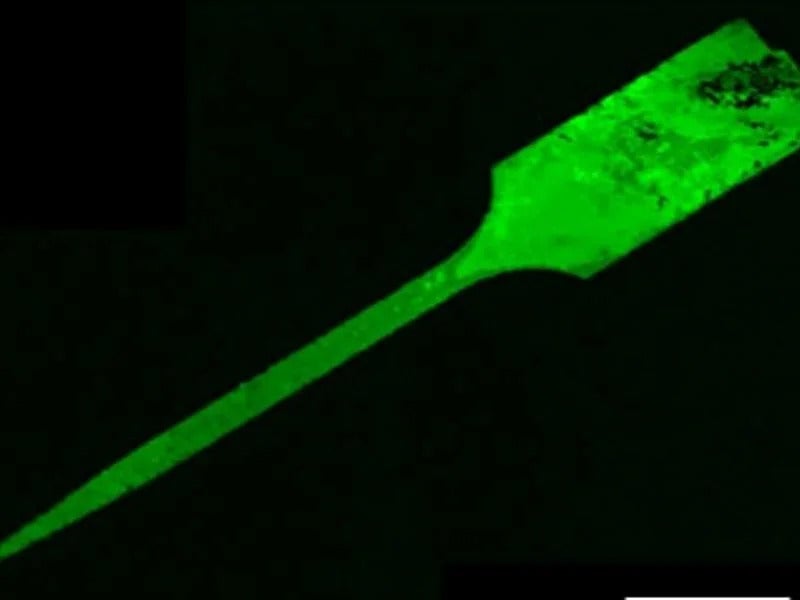
For individuals with central nervous system paralysis, the effectiveness of neuroprosthetic technology — such as brain-controlled prosthetic limbs or muscle stimulation devices — makes a world of difference. If the process of implanting tiny electrodes in the brain were to be improved, allowing for stronger and longer lasting communication between neurons and external devices, it could significantly enhance quality of life. With the support of a four-year $1.2 million grant from The Department of Veterans Affairs, an interdisciplinary team of engineers from Rensselaer Polytechnic Institute aims to create a polymer coating that could potentially be capable of reducing the body’s inflammatory response following the implantation of electrodes.
Ryan Gilbert, a professor of biomedical engineering at Rensselaer, will work with Edmund Palermo, an assistant professor of materials science and engineering at Rensselaer, to develop a polymer coating out of curcumin, a chemical compound found in turmeric, which has both anti-inflammatory and antioxidant properties. But first, the researchers need to tackle the challenge of how to turn curcumin, a fairly unstable molecule, into a polymer material.
The Rensselaer team will also have an opportunity to work with the research division at the Albany Stratton VA Medical Center and in collaboration with Dr. Jeffrey Capadona’s laboratory at the Louis Stokes Cleveland VA Medical Center.
For individuals with central nervous system paralysis, the effectiveness of neuroprosthetic technology — such as brain-controlled prosthetic limbs or muscle stimulation devices — makes a world of difference. If the process of implanting tiny electrodes in the brain were to be improved, allowing for stronger and longer lasting communication between neurons and external devices, it could significantly enhance quality of life.
“This is for veterans who have some sort of paralysis,” said Ryan Gilbert. “The electrode would allow for the patient to communicate with external devices to power a robotic arm or to communicate with some sort of server to help the veteran live a better life.”
“It needs to be a degradable coating that protects the implant on the way in, tamps down the injury, and then allows the neurons to establish a connection,” Palermo said.
If the team’s polymer could reduce scarring tissue that is formed, electrodes would continue to work for a longer period of time, therefore reducing the number of surgeries needed for electrodes to be replaced.
“What we’re trying to do with this polymer is reduce that scarring so that we can have better communication between the electrode and the brain tissue for more chronic timeframes, so several months — if not years — after implantation,” said Gilbert, who is also a member of the Center for Biotechnology
and Interdisciplinary Studies (CBIS) at Rensselaer. In addition to its eventual use for neuroprosthetics, this new biomaterial coating could also potentially be used on things like catheters, sutures, or anything else that is introduced into the body to reduce the inflammatory response.
